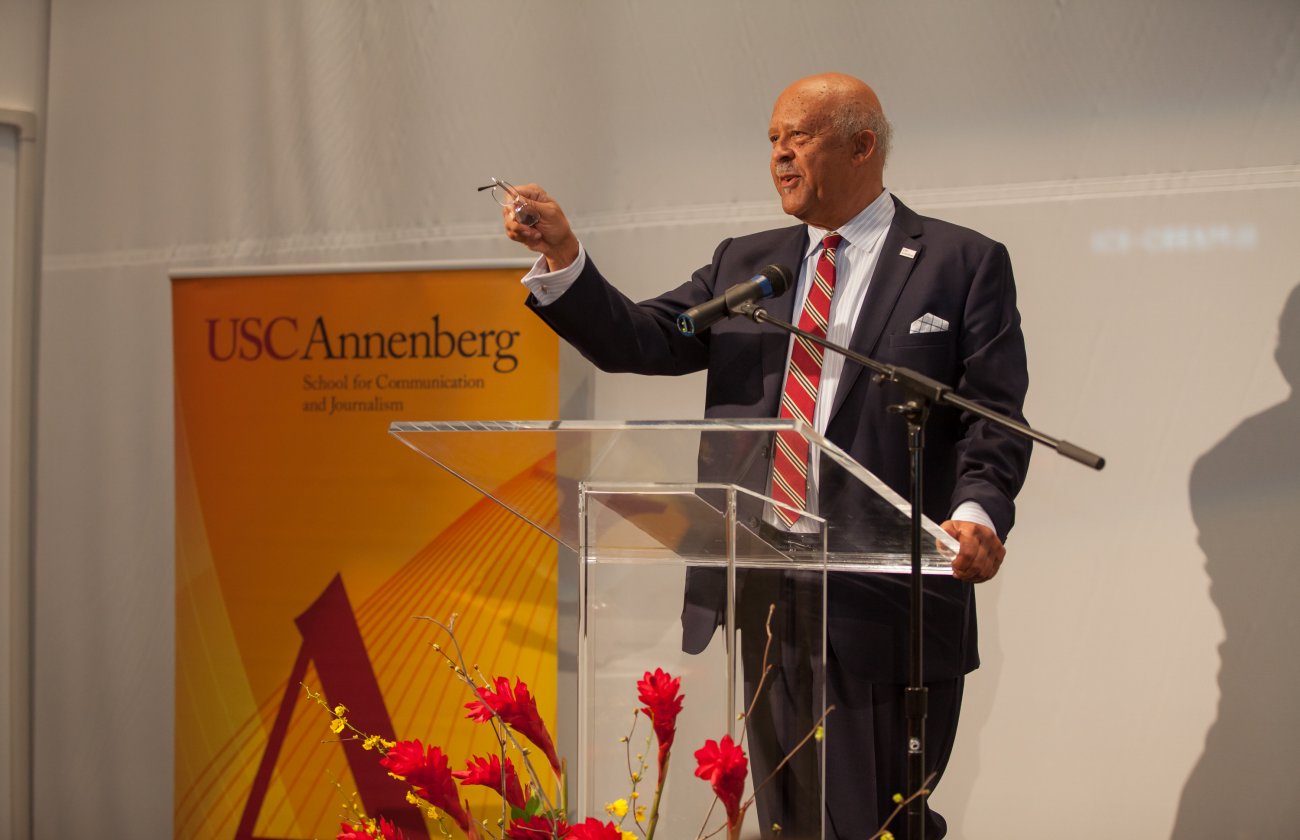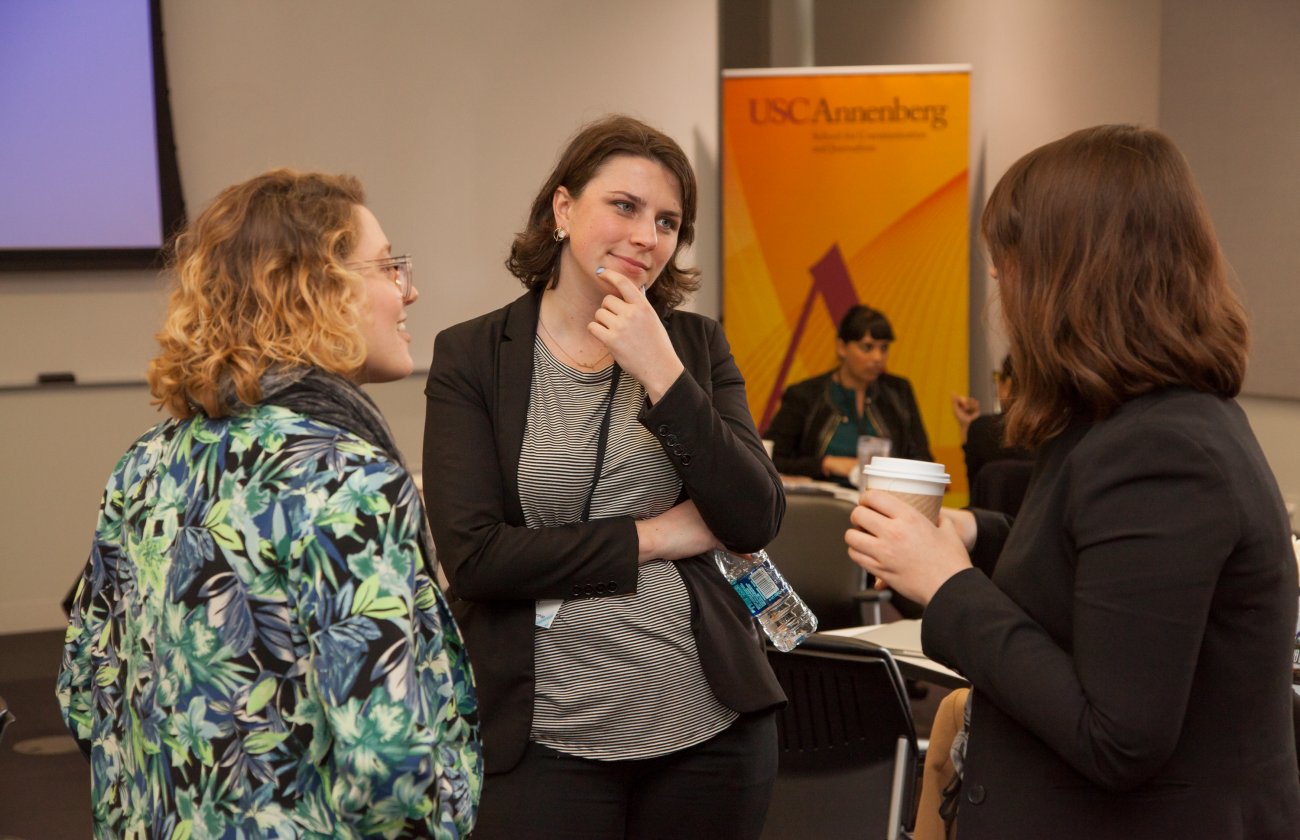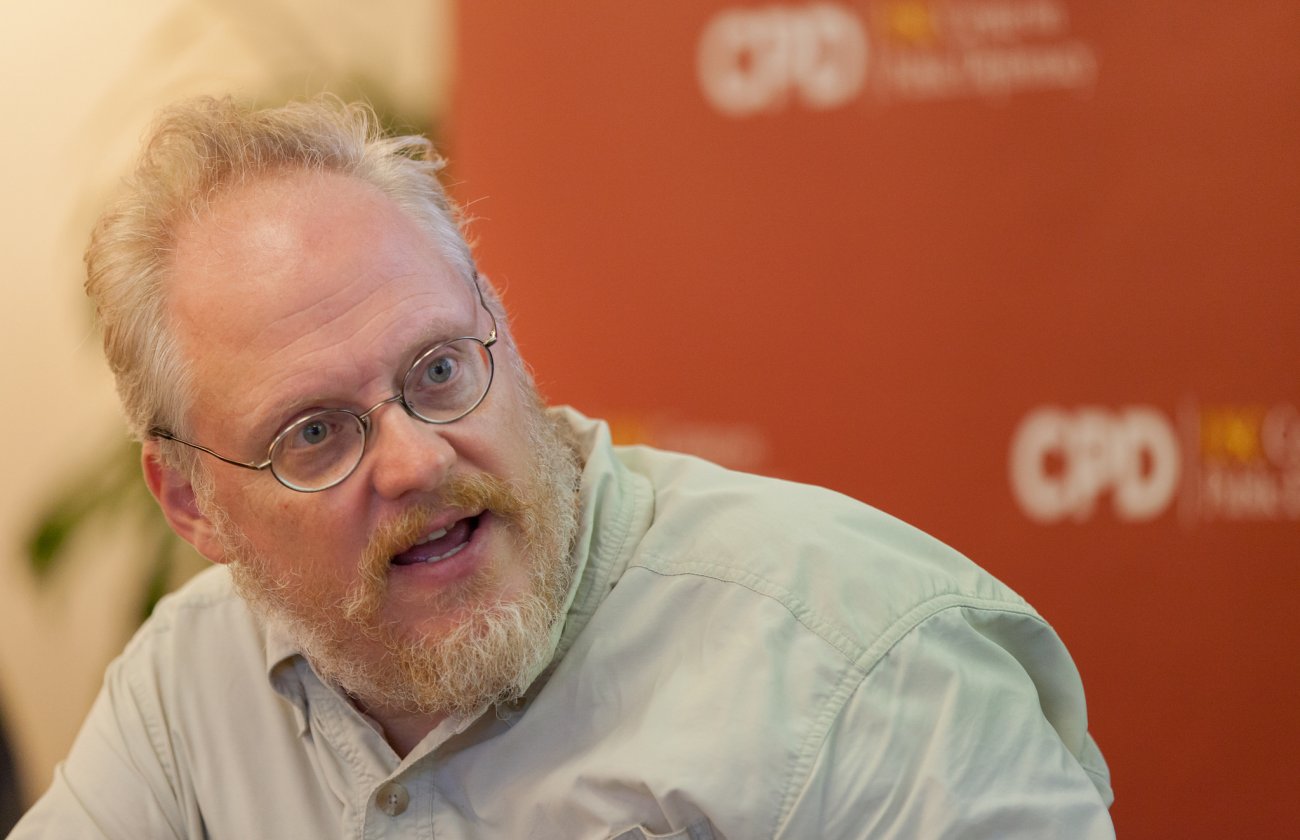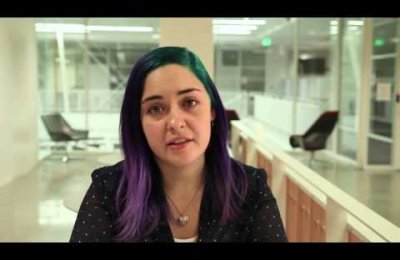By Olivia Niland
USC Annenberg commemorated the 10th anniversary of the Annual Walt Fisher Lecture on Feb. 13 with a discussion by award-winning scholar and USC Annenberg alumnus Greg Dickinson.
Dickinson, who is a professor of Communication Studies at Colorado State University and a scholar of the ways buildings and human landscapes engage viewers, spoke about “Recollecting a New God: Bullocks Wilshire and the Ambivalence of Memory” at the Geoffrey Cowan Forum.
The Annual Walt Fisher Lecture at USC Annenberg honors emeritus professor and former School of Communication director Walter Fisher by hosting a different guest speaker each year.
Dickinson's work has been published in numerous journals, and he is currently completing two books, one on the suburbs and the second on the Buffalo Bill Historical Center, with co-authors Eric Aoki and Brian L. Ott.
The lecture was preceded by an introduction from School of Communication Director Larry Gross.
“The...purpose of this annual event, and this I'm happy to say is the tenth annual Walt Fisher lecture, is for us to honor the numerous contributions and continuing relevance of the work of communications scholar [and] pioneer Walt Fisher,” said Gross of Fisher, who was in attendance at the lecture. “And I know, reading the work of students here, he is someone whose ideas, whose contributions, whose theories are still very much alive and present in our curriculum.”
USC Annenberg Associate Professor Randall A. Lake was also in attendance at the lecture and provided further introduction to Dickinson's presentation.
“Greg is in some ways the perfect speaker for this program because of the ways he embodies our Ph.D program,” said Lake, noting that Dickinson was a student of Fisher and one of the first graduates from the USC Annenberg Doctoral program in 1995.
Dickinson's lecture focused on the Bullocks Wilshire Building in Downtown Los Angeles, an Art Deco department store constructed in 1929 which served to juxtapose the old and new of the early 20th century.
The lecture also served as an extension of the doctoral dissertation Dickinson wrote about Bullocks Wilshire while at USC Annenberg, of which he said Fisher was initially skeptical, but supportive.
“You'll never make a career writing about space and place, and yet he [Fisher] said 'give it a try,'” Dickinson told the audience, which was composed mostly of USC Annenberg faculty and prospective doctoral students. “So it's a real honor to be here to honor Walt and his contributions to the field and to my life.”
Part of Dickinson's early interest in researching and writing about the Bullocks Wilshire Building, he said, came from the transition he experienced between growing up in a small town in Washington State and moving to Los Angeles to attend USC Annenberg. This transition, said Dickinson, spurred his interest in architecture and urban spaces.
Among the points Dickinson touched upon in his presentation included the relationship between modernity, memory and rhetoric, and the idea of Bullocks Wilshire as a “cathedral to commerce.”
“'Greece built temples, the Middle Ages built cathedrals, but we whose life lies not in worship but in producing and buying and selling build great stores,'” said Dickinson, quoting one writer's take on Bullock's Wilshire at its completion. “My argument is that Bullocks Wilshire is a modern cathedral...there's a real sense that this was a building of the moment, a building of the future.”
Designed by renowned Los Angeles architects John and Donald Parkinson, Bullocks Wilshire closed in 1993 and was placed on the U.S. National Register of Historic Places. It has since been incorporated into the campus of Southwestern Law School, and is still visible from the USC campus to this day.
(Photo of Walt Fisher by Brett Van Ort)









